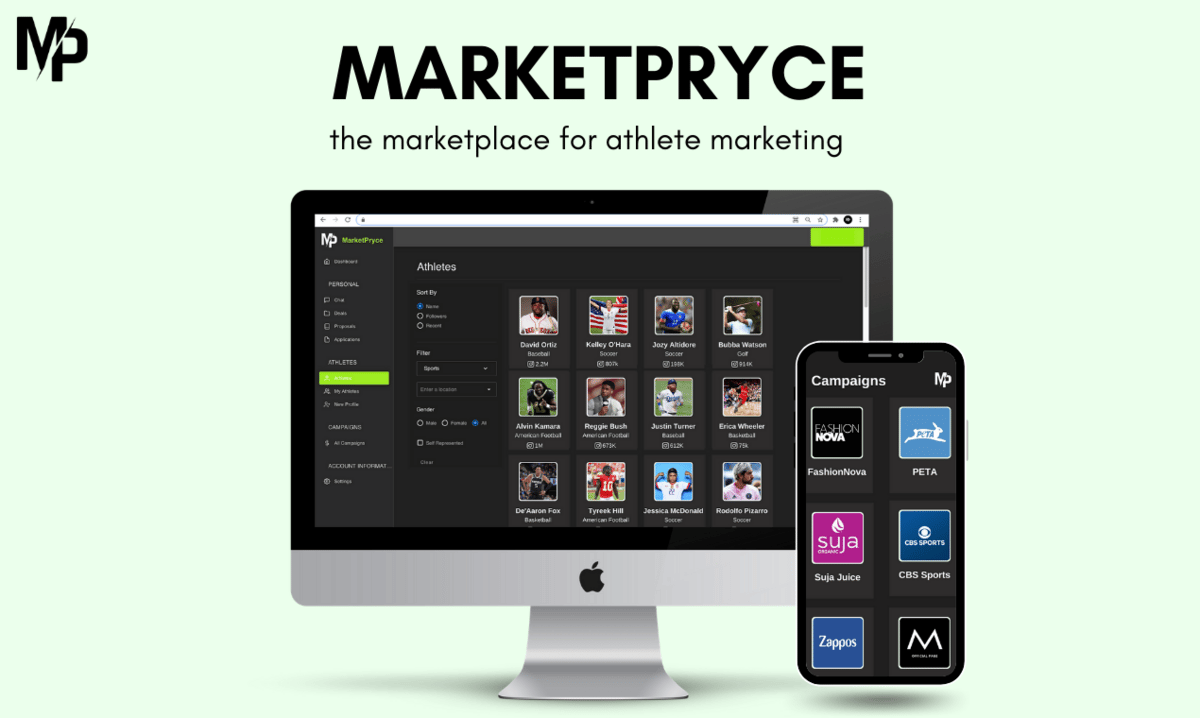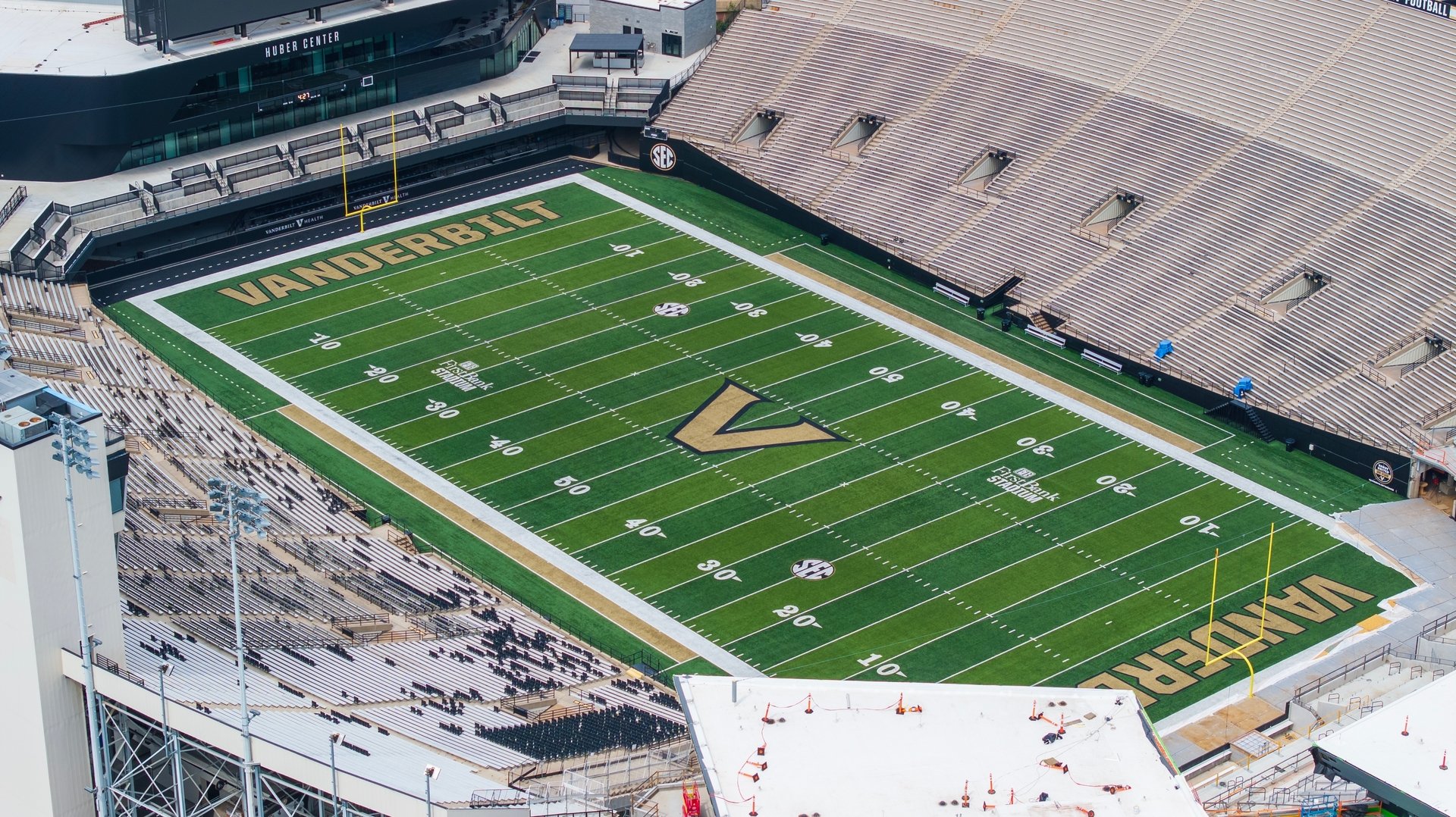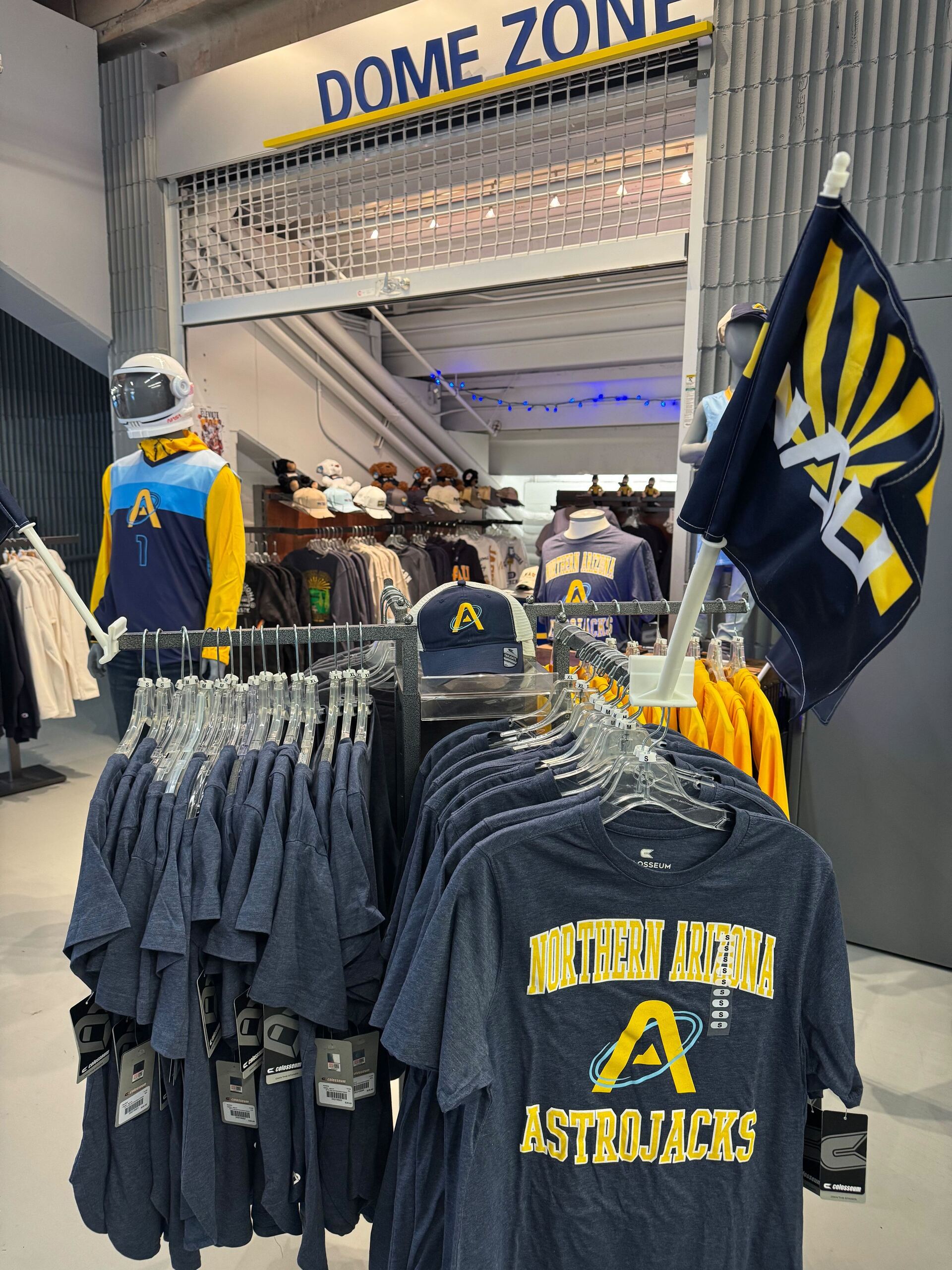Good morning, and thanks for spending part of your day with Extra Points.
Before we get to today's story, I'd like to mention how much I appreciate those who support Extra Points with a paid subscription, and how important those subscriptions are.
While I do sell ads on my free newsletters (and I'd be happy to sell one to you!), reader subscription revenue makes up the overwhelming majority of my revenue. I use this money to pay freelancers, buy subscriptions, buy technical equipment and more. I hope to do at least some traveling this year for editorial purposes, and that also requires revenue.
If you enjoy this newsletter, please consider a subscription. If just 20% of all of my free readers paid for a monthly subscription, not only could I easily pay all of my infrastructure bills, but I could also pay for a part-time employee with health insurance. Even just a 1% increase would mean a better product in many ways.
You can subscribe to Extra Points right here for just $8/mo. If that's a little too steep, I think there are a few college athletes out there who might have an Extra Points discount code floating around...
Thanks again for your support. Let's get to it.
I grew up near Columbus, Ohio. So I always took it as an article of faith that the best rivalry in college sports had to be Ohio State-Michigan.
Did both sides hate each other? Of course. Was the game important? Of course, it often decided who would win the Big Ten. Did it have memorable moments and characters? Sure. It didn't even need any fancy branding. When the Buckeyes and Wolverines battle, it's just called The Game. It requires no introduction.
But as I started to cover college football professionally, I began to have some doubts. Michigan's program has stalled out over the last decade, with just one AP Top Ten finish (10th, in 2016) since the Lloyd Carr era, and just one win over Ohio State since 2004...so the games weren't quite as relevant nationally. But the rivalry also felt different from some of the others I would encounter in my professional career. After all, growing up in Licking County, Ohio, I'd basically never meet a real life Michigan fan in the flesh. They all lived in Toledo, and that might as well have been Canada.
But in Ole Miss-Mississippi State? Or BYU-Utah? Or Arizona-Arizona State? You'll see fans of your hated rival every single day. When Michigan finally beats Ohio State again, I'll get razzed by other people on Twitter, but I can probably avoid anybody bringing it up in my daily life, even here in Chicago. But there are plenty of other rivalries where I'm gonna have to stew in my failure, repeatedly, and in person. Shouldn't that count for something?
So how do you really measure the strength of a rivalry? Is that something you can actually measure?
Turns out, it is!
Or at least, that's what the folks at Know Rivalry believe.
Know Rivalry, or KR Labs, is a joint project run out of the Mark H. McCormack Department of Sport Management at UMass and the Haile College of Business at Northern Kentucky University. The team seeks to combine faculty, students and industry voices to actually study rivalries across sports, from the NFL to college football, all the way to the Indian Premier League, and quantify how consumer behaviors and feelings shape what really makes a rivalry strong.
The KR team has published research on what they believe are the factors that help shape rivalries, factors that include competitiveness, frequency (you can't really be rivals with somebody you only play once a decade), spatial proximity, and "distaste values".
That research, combined with robust survey data, helps the team assign specific values to rivalries, allowing the team to determine which rivalries are most intense, most lopsided, and more.
Let's take my Ohio State-Michigan example for a moment.
The KR data has The Game listed very highly on the intensity scale, with a total score of 157.7. According to KR survey data, Ohio State fans overwhelmingly identify Michigan as their chief rival, if not their only rival. Michigan fans also point to Ohio State as their main rival, but not quite with the same intensity. After all, Michigan fans might also hate Michigan State or Notre Dame.
157.7 is still a very intense rivalry, but two other showdowns scored a little higher. Army-Navy is second, with a 159.4 score, and number one? The Territorial Cup between Arizona and Arizona State.
Editor's note: An earlier version of this newsletter incorrectly identified the Arizona/Arizona State game as the Governor's Cup. Also, I spelled rivalry wrong in the headline. Management sincerely regrets the error. Anyway, subscribe to Extra Points, so I can hire an editor and refill my Adderall prescription.
KR data also lets us see which rivalries are hilariously unbalanced
I don't necessarily mean unbalanced on the field, although that's often the case, but unbalanced in intensity....games where one team really hates the other in a way that isn't exactly reciprocated.
The most famous example of this, of course, is the delightful Civil ConFLiCT trophy. Then UConn head football coach Bob Diaco completely made up the rivalry and the trophy, one that UCF simply decided not to acknowledge. Now, it's a wonderful internet meme. But UConn/UCF isn't really an actual rivalry.
There are other, more contemporary examples of this. According to this data, Vanderbilt fans, far and away, identify Tennessee as their main rival. Vandy doesn't come anywhere close to cracking Tennessee's three most hated opponents. Other examples might include the way Temple fans feel about Penn State, the way North Texas fans feel about SMU, or the way Boston College feels about Notre Dame.
One particularly notable example? FIU and Miami. Florida International fans apparently list Miami as their chief adversary, even more so than FAU. Maimi, on the other hand, did not give a single rivalry point to FIU. Miami doesn't feel anything about FIU at all? That can't be right.
This data is perfect for offseason blogging and sports radio debates, but it could have real practical purposes too
You don't need to be Encyclopedia Brown to know that Ohio State and Michigan are big rivals. But not every would-be rivalry case is so clear-cut.
Let's say you're an AD for a smaller college program that recently joined a new conference. You may want some hard data to share with supporter groups, students, and other stakeholders, to better understand how rivalries might be developing. If you work in marketing or ticketing, you might want data to understand how to promote or price certain events. If you work in a conference office, knowing how certain fan bases feel about each other may be valuable information for scheduling purposes.
KR Labs team members stressed to me that the rivalries can't be forced. A branding agency cannot create a trophy, sell a sponsorship, and declare a particular matchup a rivalry, any more than Bob Diaco couldn't by dropping 40 bucks at a trophy store. The best rivalries organically generate, born out of meaningful matchups, with memorable players, characters, frequency, and more.
But hard data can help spot-check theories and inform decision-making, rather than driving it. In leagues without 100 year old histories like much of college football, that could be even more valuable.
You can help make this data even better
KR Labs would love more data on college basketball programs, especially women's basketball programs, as well as plenty of other professional sports. All interested Extra Points readers can fill out a survey here. Fans who really care about mid-majors are especially in high demand.
The hope is that with more data, more resources and more exposure, the KR Labs team can continue to build out even more research on rivalries. That's good news for athletic departments, conference offices, potential sponsors, athletes, fans, and just about every other stakeholder.
And perhaps most importantly, for bloggers. I'm just glad that academia is finally taking my needs a little more seriously.
This edition of the Extra Points newsletter is also supported by MarketPryce.

College athletes across the country can finally make money from their name, image & likeness.
But, now that they can make money from endorsement deals, the question is, “How will they find companies to work with?” That's where MarketPryce comes in.
MarketPryce is a two-sided marketplace that is already empowering professional athletes to connect with brands to close marketing deals. They’ve already seen 1,000 deals flow through their platform since their launch earlier this year.
MarketPryce is not only accessible to pro athletes -- they have student athlete membership available now. MarketPryce provides a safe marketplace which empowers student athletes to connect directly with vetted companies (both local + national) who are looking for athlete ambassadors.
Click here to learn more about MarketPryce!
This newsletter is also brought to you by Morning Brew.

Business news doesn't have to be dry, boring and unapproachable. There's a reason 2.6 million people wake up and read Morning Brew, a newsletter that covers the latest business news in a fun, entertaining and engaging way. It's completely free, delivered six days a week.
Subscribe for free right here. Please note: this is an advertisement, and Extra Points does earn a small commission if you sign up and read Morning Brew.
Thanks again for supporting Extra Points. If you enjoyed this newsletter, please share it with your friends, or better yet, subscribe.
Questions about sponsoring future Extra Points newsletters can be sent to [email protected]. For newsletter feedback, story ideas, angry missives, hot tips and more, I'm at [email protected], or @MattBrownEP on Twitter and Instagram.

















